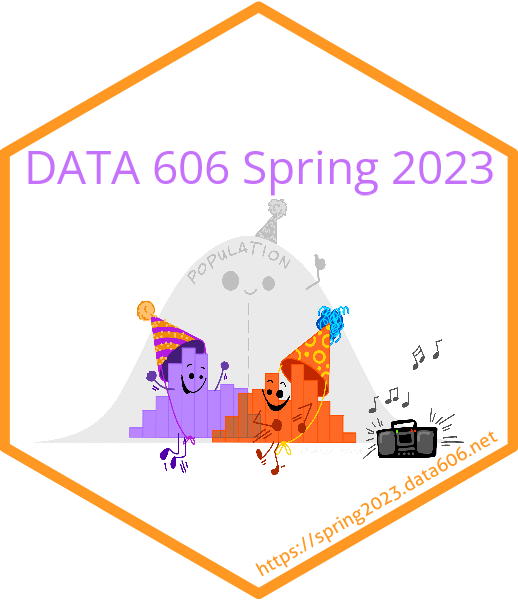Chapter 1
Introduction to Data
Learning Objectives
- Identify the type of variables (e.g. numerical or categorical; discrete or continuous; ordered or not ordered).
- Identify the relationship between multiple variables (i.e. independent vs. dependent).
- Define variables that are not associated as independent.
- Be able to describe and identify the difference between observational and experimental studies.
- Distinguish between simple random, stratified, and cluster sampling, and recognize the benefits and drawbacks of choosing one sampling scheme over another.
- Identify the four principles of experimental design and recognize their purposes: control any possible con- founders, randomize into treatment and control groups, replicate by using a sufficiently large sample or repeating the experiment, and block any variables that might influence the response.
Supplemental Readings
Videos
OpenIntro provides a number of videos. You may find these helpful while reading the chapter.
Case Study: Using Stents to Prevent Strokes
Data Basics: Observations, Variable, and Data Matrices
Observational Studies and Sampling Strategies
[Using Randomization to Analyze a Gender Discrimination Study](Using Randomization to Analyze a Gender Discrimination Study)
